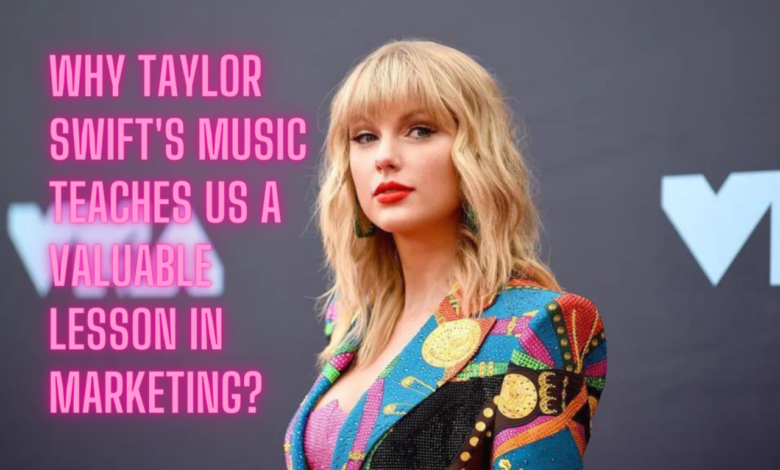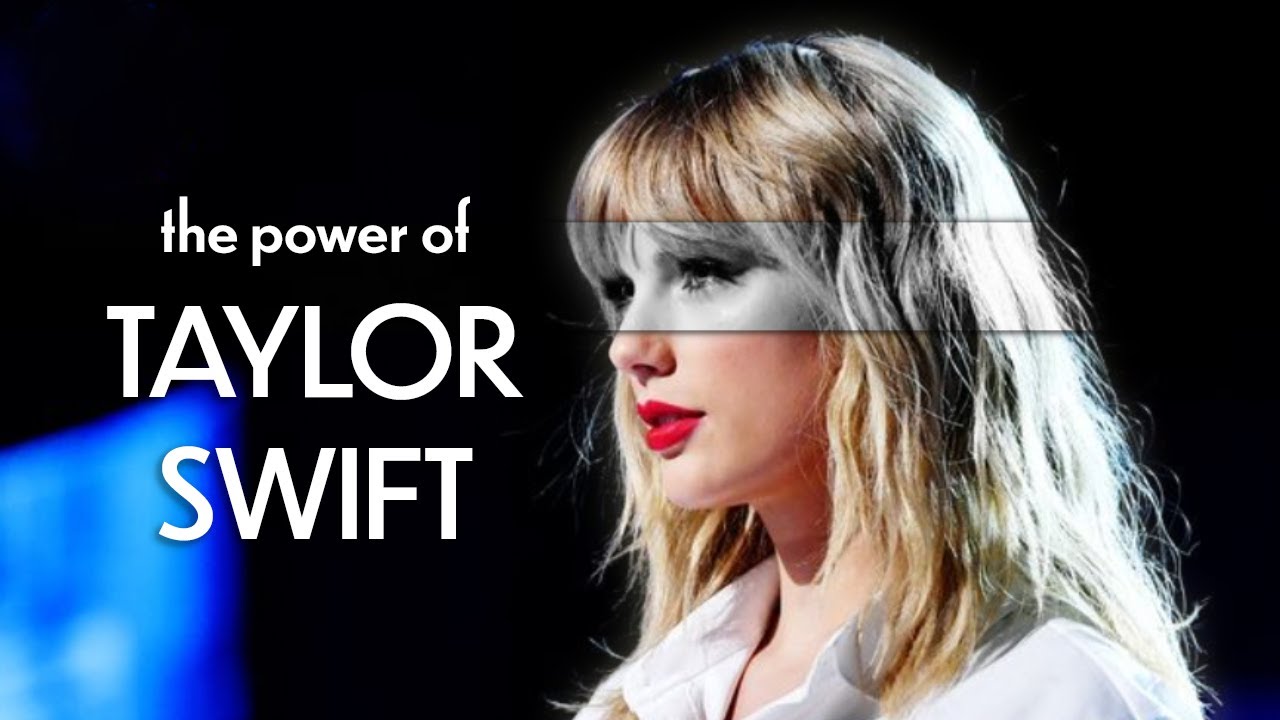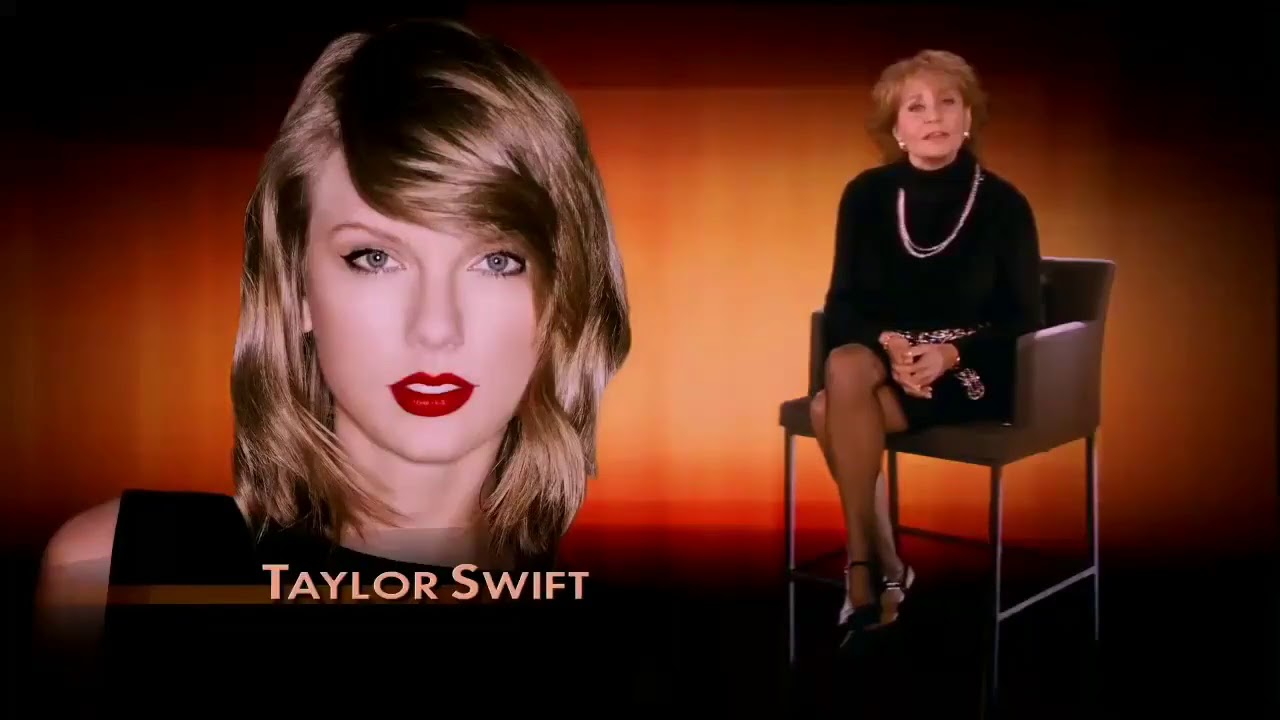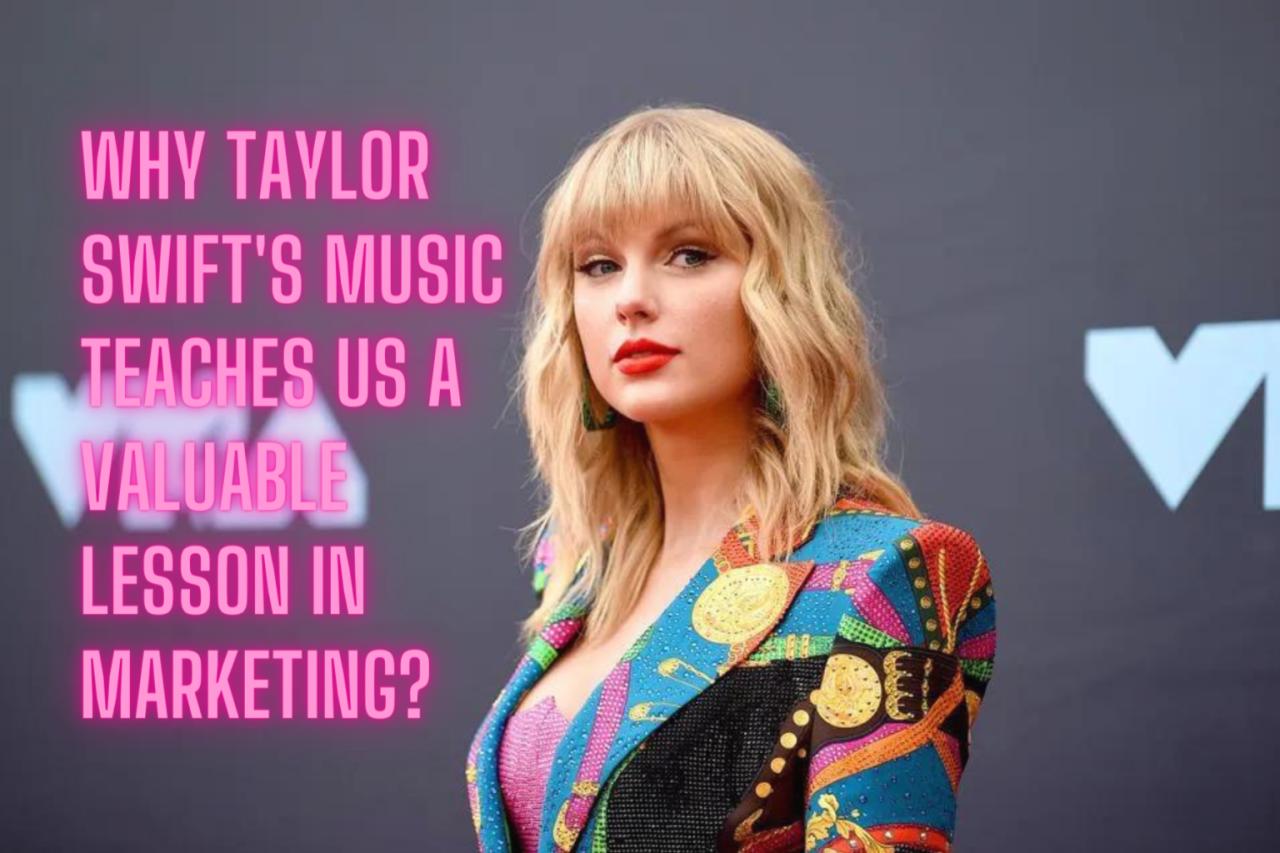
How Taylor Swift Took On The Music Industry
How Taylor Swift took on the music industry is a fascinating story of a young artist’s rise to global superstardom, marked by both incredible success and significant battles for creative control and ownership. From her early days navigating the complexities of the industry as a fresh-faced singer-songwriter to her current position as a powerful independent force, Swift’s journey is a masterclass in resilience, strategic maneuvering, and the fight for artist rights.
This isn’t just a tale of fame; it’s a compelling narrative about changing the rules of the game.
We’ll explore her early career struggles, her landmark legal battles with Big Machine Records over master recordings, her innovative approach to fan engagement, and the lasting impact she’s had on the power dynamics between artists and labels. Get ready for an in-depth look at how one artist reshaped the landscape of the music industry.
Taylor Swift’s Early Career and Industry Challenges

Taylor Swift’s journey to global superstardom wasn’t a fairytale overnight success. Her early career was marked by significant hurdles and strategic maneuvers that laid the foundation for her future dominance in the music industry. She navigated the complexities of the business, proving her resilience and business acumen from a remarkably young age.
Swift’s initial foray into the music industry was characterized by a determined self-reliance. Unlike many artists who rely heavily on major labels from the outset, she actively cultivated her own image and fanbase. This independent spirit, coupled with her undeniable talent, allowed her to build a strong foundation before signing a major record deal. She faced the common challenges of a young, unknown artist: securing gigs, gaining radio play, and attracting the attention of industry professionals in a competitive market saturated with aspiring musicians.
However, unlike many, she possessed an innate understanding of connecting with her audience, a skill that would become her greatest asset.
Strategies for Early Recognition and Fanbase Building
Swift’s early success can be attributed to a multi-pronged approach. She strategically utilized various platforms to connect with her audience and build a loyal following. Her self-written songs resonated with a specific demographic, crafting narratives that many young people could relate to. Furthermore, she embraced early social media platforms, directly interacting with fans and fostering a sense of community.
This direct engagement was a crucial differentiator, setting her apart from artists who relied solely on traditional marketing methods. She also actively pursued live performances, honing her stage presence and building a dedicated fanbase through intimate interactions. These strategies, combined with her strong songwriting skills, created a potent formula for early success.
Comparison with Other Female Artists
While comparing Swift’s early career to other successful female artists of the time requires nuanced consideration, several parallels and differences emerge. Many female artists at the time faced similar challenges, including genre limitations and pressure to conform to specific industry expectations. However, Swift’s direct engagement with her fanbase, her prolific songwriting, and her early adoption of new technologies set her apart.
While other artists may have focused more heavily on traditional promotion through radio and television, Swift cultivated a more intimate relationship with her audience, using technology to her advantage. This difference in approach contributed significantly to the rapid growth of her fanbase and her sustained success.
Early Career Timeline: Milestones and Challenges
Understanding Taylor Swift’s early career requires looking at the key milestones and challenges she faced. The following timeline highlights these crucial moments:
| Year | Milestone/Challenge | Significance |
|---|---|---|
| 2006 | Debut album release, Taylor Swift | Immediate success, showcasing her songwriting talent and country appeal. |
| 2007-2008 | Extensive touring and promotional activities | Solidified fanbase, increased visibility, and overcame challenges of being a new artist. |
| 2008 | Fearless album release | Massive commercial success, solidifying her status as a major artist. Received numerous awards and accolades. |
| 2009-2010 | Continued success and increased media attention | Navigated the challenges of fame and maintained her connection with her fanbase. |
The Big Machine Records Era and Contract Disputes: How Taylor Swift Took On The Music Industry
Taylor Swift’s rise to superstardom was inextricably linked to her time with Big Machine Records, but this period also saw the emergence of significant conflicts that would shape her future career. Understanding the terms of her contract and the ensuing battles over her master recordings is crucial to grasping her ongoing fight for artist rights.
Swift’s initial contract with Big Machine, signed at a young age, likely contained standard clauses common in the music industry. These would have included provisions outlining the label’s responsibilities (marketing, distribution, promotion), Swift’s royalties (a percentage of sales and streaming revenue), and the length of the contract (often spanning multiple albums). Crucially, the contract likely granted Big Machine ownership of her master recordings – the original studio recordings of her songs.
This is a standard practice, but it’s a point of significant leverage for the label, giving them control over how her music is used and profited from long after the initial release.
Ownership of Master Recordings
The lack of ownership of her master recordings proved to be a major point of contention for Swift. Big Machine, as the owner, controlled the licensing and distribution of her music, reaping substantial profits from sales, streaming, and other uses. Swift’s inability to control this valuable asset severely limited her financial compensation and creative control. While she received royalties, the percentage she received, combined with the label’s control over the overall exploitation of her music, likely resulted in Big Machine earning a significantly larger share of the profits than she did.
This lack of control extended to re-releases, compilations, and other uses of her catalog, meaning she didn’t directly benefit from the ongoing value of her early work. This situation highlights a common power imbalance between artists and record labels, where the label holds considerable control over the artist’s creative output and financial returns.
Impact on Creative Control and Financial Compensation
The power dynamic between Swift and Big Machine undoubtedly impacted her creative control. While she was undoubtedly a major force in shaping her musical direction, the label’s influence could be seen in various ways. Decisions regarding album release dates, promotional strategies, and even song selection may have been subject to label input. Further, the financial implications of the contract limited Swift’s ability to negotiate favorable terms for endorsements, merchandise deals, and other revenue streams that could have directly benefited her.
Taylor Swift’s fight for ownership of her masters taught us a powerful lesson about artist control. It made me think about the challenges faced when building a successful business, like the complexities involved in building an African multinational , where navigating regulations and securing resources can be equally daunting. Ultimately, both Swift’s journey and the creation of a large African company require vision, strategic planning, and a relentless pursuit of independence.
The label likely had a say in these areas as well, potentially taking a cut of the profits or influencing her choices to maximize their own returns. This situation is not uncommon in the music industry, where artists often have to balance their creative vision with the commercial interests of their label.
Taylor Swift’s battles with record labels over ownership and streaming rights have been fascinating to watch, showcasing her power as a musician. Thinking about the valuation of her music catalog, it made me wonder about other ways to measure value – like using a completely different metric, such as an alternative use for the economists Big Mac Index , to perhaps gauge the global reach and cultural impact of her music.
Ultimately, though, Swift’s success highlights the ongoing power struggle within the music industry.
Comparison of Record Label Contracts
Different record label contracts offer varying levels of control and financial compensation for artists. Understanding the nuances of these contracts is crucial for artists to navigate the industry effectively.
| Contract Type | Advantages | Disadvantages | Example Scenario |
|---|---|---|---|
| 360 Deal | Potential for high earnings if successful, broader label support across multiple revenue streams. | Artist relinquishes a significant portion of revenue from various sources (merchandise, touring, endorsements), potential for exploitation if the label is not transparent. | An artist signs a 360 deal and sees significant returns due to successful album sales and lucrative touring opportunities, but their share of merchandise revenue is significantly less than expected due to lack of transparency in accounting. |
| Standard Recording Agreement | Clearer revenue streams from recordings, more control over creative aspects. | Limited financial participation in other revenue streams, potential for less marketing and promotional support. | An artist signs a standard agreement and receives healthy royalties from album sales but lacks the financial support for large-scale touring, hindering their overall reach. |
| Independent Release | Complete creative control and financial ownership, ability to retain a larger share of profits. | Requires significant upfront investment, more responsibility for marketing, distribution, and promotion. | An artist releases their music independently and retains all profits, but they bear the full cost of recording, marketing, and distribution, potentially limiting their reach compared to a label-supported release. |
| Joint Venture | Combines aspects of independence with label support, sharing costs and profits. | Requires negotiation and agreement on shared responsibilities and revenue splits, potential for disagreements over creative direction. | An artist partners with a label on a joint venture, sharing costs of production and promotion but retaining a larger percentage of profits than with a standard agreement, yet they must compromise on certain creative decisions. |
Re-Recording Her Catalog and Reclaiming Ownership

Taylor Swift’s decision to re-record her first six albums wasn’t just a strategic move; it was a powerful act of reclaiming artistic control and financial ownership. This undertaking, unprecedented in the music industry, involved navigating a complex web of legal battles, logistical hurdles, and creative choices, ultimately resulting in a fascinating comparison between the original and re-recorded versions.The legal and logistical challenges were substantial.
Taylor Swift’s fight for artist rights shows incredible bravery, challenging the established power structures in the music industry. It reminds me of another battle against a system, highlighted in this shocking report: one in four illegal aliens released into us without registration number ig report , which reveals a lack of accountability. Both situations underscore the importance of fighting for what’s right, even when facing powerful opponents.
Swift’s actions inspire us all to challenge injustice wherever we find it.
Swift had to meticulously recreate each album, replicating not only the musical performances but also the nuances of the original production. This meant reassembling the original band members whenever possible, sourcing similar instruments and equipment, and recreating the studio atmosphere of the original recording sessions. Securing the rights to the master recordings was a separate, and significant, legal battle, highlighting the inherent power imbalance between artists and record labels in the music industry.
Furthermore, she had to carefully consider copyright issues related to samples and other elements used in the original recordings. This intricate process required significant time, resources, and legal expertise.
The Creative Choices in Re-Recording
Swift’s re-recordings weren’t simply carbon copies. While aiming for fidelity to the originals, she also incorporated subtle creative adjustments reflecting her artistic growth and evolved perspective. These changes weren’t drastic overhauls, but rather refinements, often showcasing a more mature understanding of her songwriting and a more sophisticated production approach. For instance, some instrumental arrangements were subtly enhanced, vocals might have slightly different inflections, and the overall sonic landscape could be slightly warmer or more polished.
This allowed her to present the songs as she envisioned them today, while still honoring their original spirit.
Comparing Original and Re-Recorded Versions
A direct comparison between the original and re-recorded albums reveals a fascinating interplay of continuity and evolution. The re-recorded versions generally retain the core melodies, lyrics, and overall feel of the originals. However, listeners often note subtle differences in instrumentation, vocal delivery, and production techniques. The re-recordings frequently display a richer, fuller sound, benefiting from advancements in recording technology and Swift’s increased experience in the studio.
The difference is often subtle but impactful, providing a fresh perspective on songs that have become cultural touchstones. Some fans have even suggested the re-recordings showcase a greater emotional depth and maturity in her vocal performances.
List of Re-Recorded Albums
The re-recording project is a significant undertaking, and its completion is an ongoing process. The list below shows the albums re-recorded by Taylor Swift, their release dates, and some notable aspects:
- Fearless (Taylor’s Version) – April 9, 2021. This re-recording debuted at number one on the Billboard 200, demonstrating the immense fan support for the project and highlighting the commercial viability of re-recorded music.
- Red (Taylor’s Version) – November 12, 2021. This album included several previously unreleased “From the Vault” tracks, offering fans a deeper dive into the creative process of the original album.
- Speak Now (Taylor’s Version) – July 7, 2023. This release marked the third album re-recorded in the project, continuing the successful reclamation of her musical legacy.
Building an Independent Empire and Direct Fan Engagement
Taylor Swift’s journey from country starlet to global pop icon isn’t just a testament to her songwriting prowess; it’s a masterclass in building a fiercely independent brand and cultivating unparalleled fan loyalty. By strategically leveraging technology and prioritizing direct connection with her fanbase, she’s redefined what it means to be a successful artist in the modern music industry. This approach, built on transparency and genuine engagement, has allowed her to navigate the complexities of the industry on her own terms, ultimately achieving a level of control rarely seen by artists.Taylor Swift’s success hinges on her innovative direct-to-fan marketing strategies.
She understands that in the age of streaming, cultivating a loyal fanbase is paramount. This isn’t about simply selling albums; it’s about building a community around her music and persona. This strategy involves a multi-pronged approach that leverages social media, exclusive content, and personalized interactions to create a powerful connection with her millions of fans.
Swift’s Social Media Strategy
Swift’s social media presence is more than just posting promotional material; it’s a carefully curated narrative that allows fans a glimpse into her life and creative process. Her use of Instagram, Twitter, and TikTok goes beyond simple announcements. She frequently interacts directly with fans, responding to comments, sharing personal anecdotes, and creating engaging content like behind-the-scenes glimpses of album creation or spontaneous live streams.
This consistent, authentic interaction fosters a sense of intimacy that strengthens her connection with her audience. The use of visually appealing content, including photos and videos, enhances the overall experience and strengthens brand identity.
Exclusive Content and Fan Clubs
Taylor Swift’s fan club, known as the “Swifties,” is a key component of her direct-to-fan strategy. Membership provides access to exclusive content such as early album releases, behind-the-scenes footage, merchandise, and even opportunities to participate in online Q&A sessions with the artist herself. This exclusive content not only rewards loyal fans but also creates a sense of community and shared experience, further strengthening their loyalty.
This model allows for a closer connection, making fans feel valued and invested in her career.
Innovative Fan Engagement Approaches
Swift’s approach to fan engagement constantly evolves. Examples include surprise album releases, cryptic clues leading up to announcements, and interactive experiences embedded within her music videos or album packaging. The “secret sessions,” where she invites small groups of fans to listen to her new music before its official release, are a prime example of this personalized approach. These intimate interactions cultivate a sense of community and belonging, driving further engagement and loyalty.
Furthermore, the “Taylor’s Version” re-recordings demonstrated a powerful engagement strategy, not only recapturing her music but also uniting her fans in support of her artistic ownership.
Hypothetical Marketing Campaign: “The Artist’s Journey”
Imagine an emerging artist, let’s call her “Ava,” who wants to replicate elements of Taylor Swift’s success. A hypothetical marketing campaign, “The Artist’s Journey,” could be structured as follows: Ava could launch a social media campaign showcasing the creation of her album, offering behind-the-scenes glimpses of songwriting sessions, studio recordings, and the creative process. She could also create a tiered fan club system with exclusive content, such as early access to music, lyric videos, and personalized thank-you notes.
To further enhance engagement, she could host virtual “listening parties” with Q&A sessions and online contests, fostering a sense of community and rewarding active participation. The campaign’s overall message would center around transparency, authenticity, and a direct connection with her fans, mimicking Swift’s strategy of fostering a deep and personal relationship with her audience.
Visual Representation of Swift’s Journey

Taylor Swift’s career is a compelling narrative of talent, resilience, and a fight for artistic control. To effectively capture this journey visually, a dynamic and multi-layered representation is needed, one that moves beyond a simple timeline and delves into the emotional and symbolic aspects of her battles and triumphs.A compelling visual would be a stylized, swirling vortex, representing the chaotic and often unpredictable nature of the music industry.
The vortex itself would be a gradient of colors, transitioning from a muted, almost sepia-toned brown at its center – symbolizing her early career and the constraints of her initial contract – to vibrant, electric blues and purples at its outer edges, representing her current era of independence and creative freedom.
The Vortex’s Composition, How taylor swift took on the music industry
The vortex’s center would feature a small, almost fragile-looking image of a young Taylor, clutching a guitar, representing her early vulnerability and the immense pressure of entering the industry at a young age. As the vortex spirals outward, increasingly brighter and bolder colors would signify key milestones. For example, the transition to brighter yellows and oranges could represent the immense success of her early albums and the subsequent legal battles.
Strategic placement of symbolic elements within the vortex would further illustrate her journey.
Symbolic Elements Within the Vortex
A stylized representation of a contract, bound in chains, would be partially obscured and fading within the vortex’s inner layers, symbolizing the oppressive nature of her initial contract and her eventual triumph over those restrictions. Conversely, vibrant, free-flowing musical notes, radiating outward, would represent her reclaimed ownership of her music and her creative liberation. Sparkle effects could be incorporated to highlight moments of significant awards and accolades, further emphasizing her triumphs.
A subtle, recurring motif of a phoenix rising from ashes could subtly appear throughout the vortex, representing her constant rebirth and reinvention.
The Overall Effect
The overall effect would be a dynamic and visually engaging representation that captures the essence of Taylor Swift’s journey. The swirling motion conveys the constant evolution of her career, the color changes reflect her emotional and professional growth, and the carefully chosen symbols serve as powerful reminders of her significant challenges and remarkable successes. The viewer would be drawn into the vortex, experiencing the tumultuous yet ultimately triumphant journey of one of the most influential artists of our time.
Taylor Swift’s journey is more than just a success story; it’s a testament to the power of perseverance, strategic vision, and a unwavering commitment to artistic integrity. Her fight for ownership of her music has not only benefited her but has also inspired a wave of change within the music industry, empowering countless other artists to demand better terms and greater control over their careers.
Her story serves as a powerful reminder that artists can, and should, fight for their rights, shaping a more equitable and empowering future for generations to come. It’s a story that continues to unfold, and we can only anticipate the further impact she’ll have on the industry.

